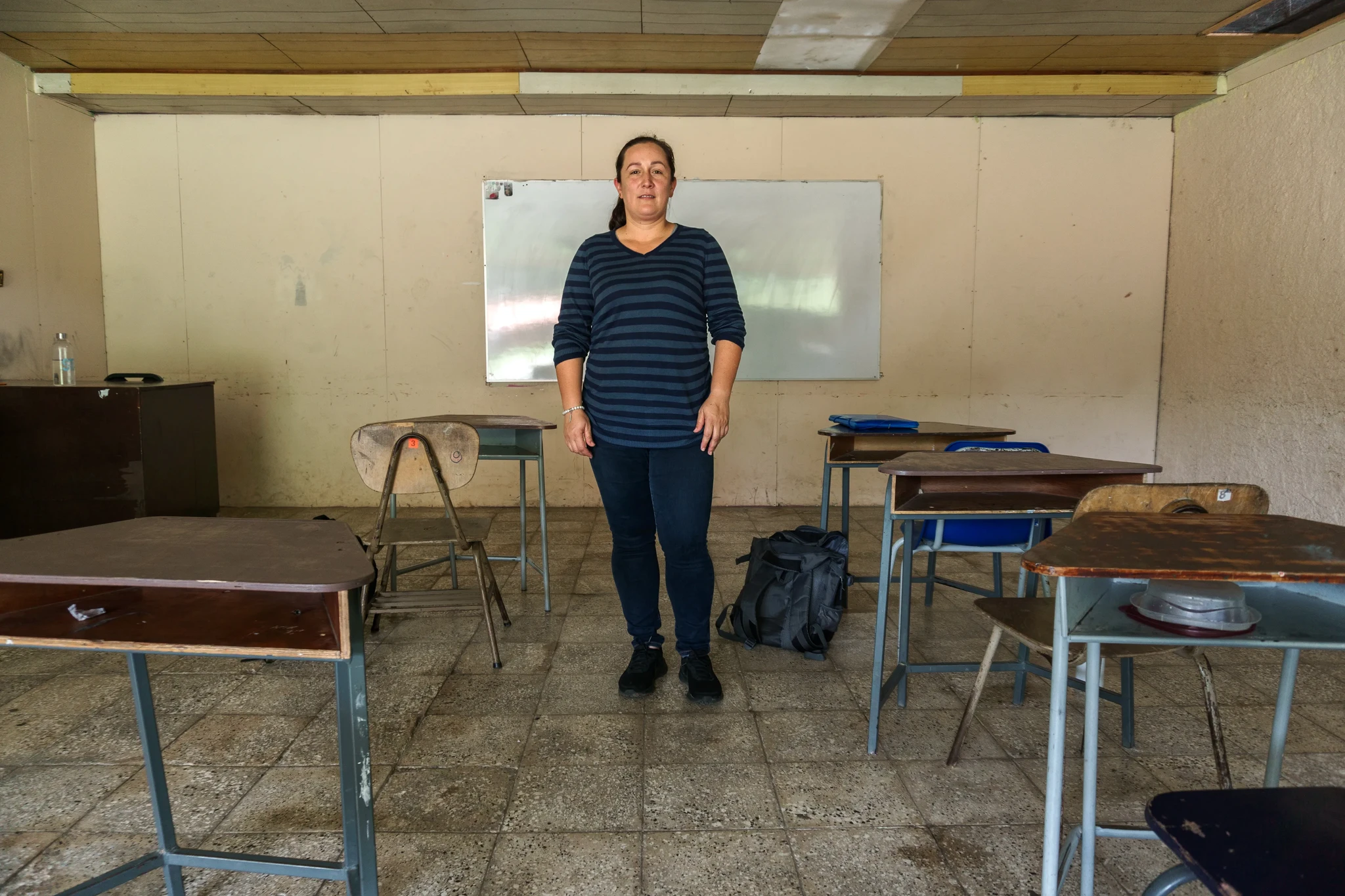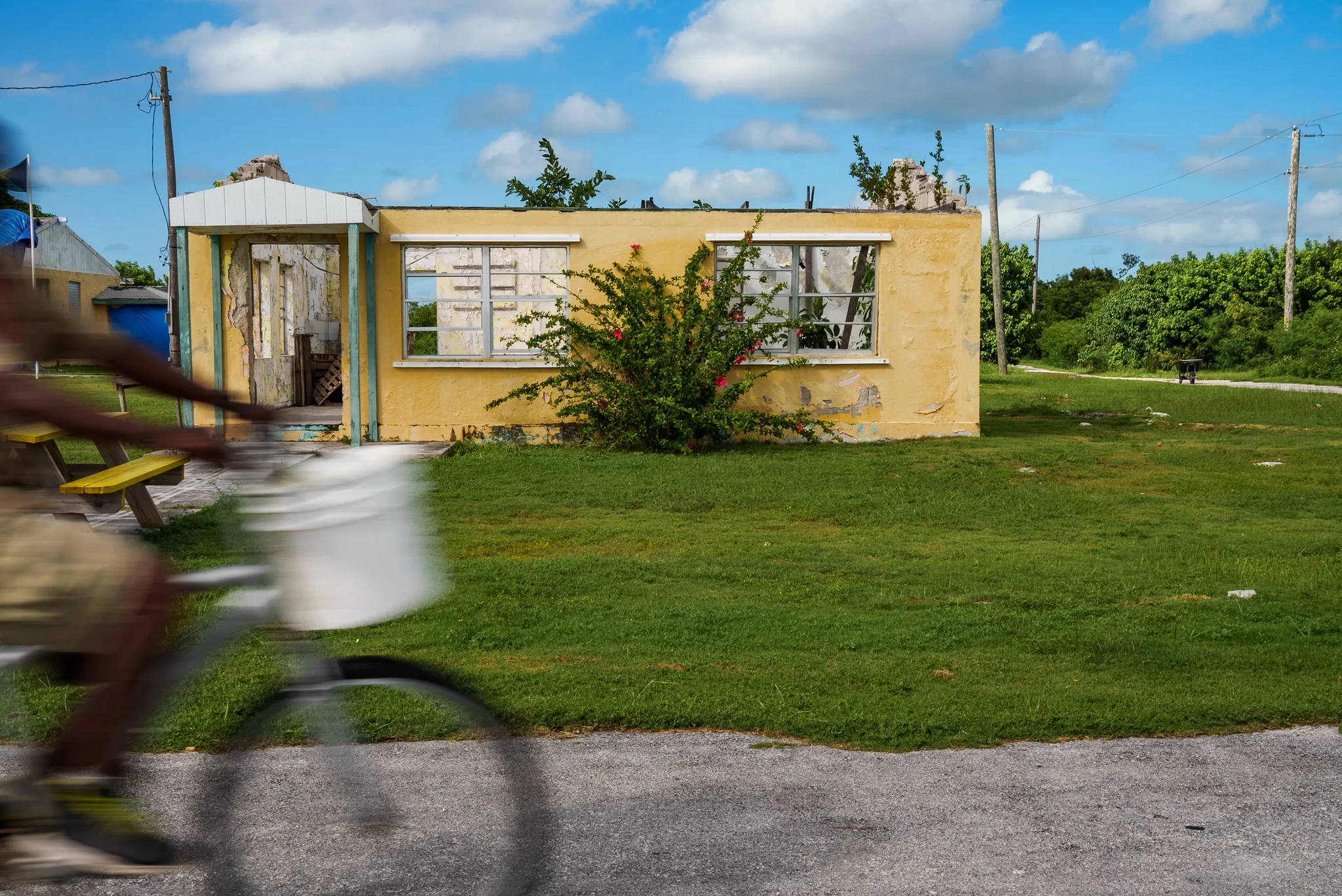

STORY
6
.
2
(Im)mobile Women
By 2050, the economic impacts of climate change will drive women to move and to stay at higher rates than men.



STORY
6
.
2
(Im)mobile Women
By 2050, the economic impacts of climate change will drive women to move and to stay at higher rates than men.



STORY
6
.
2
(Im)mobile Women
By 2050, the economic impacts of climate change will drive women to move and to stay at higher rates than men.

Modeling projections suggest that future climate change will accelerate some of the demographic impacts uncovered by the field research.
Modeling projections suggest that future climate change will accelerate some of the demographic impacts uncovered by the field research.
Modeling projections suggest that future climate change will accelerate some of the demographic impacts uncovered by the field research.
Over the next several decades, climate change will continue to disproportionately impact women, widening gender inequality and contributing to gendered mobility patterns.
Over the next several decades, climate change will continue to disproportionately impact women, widening gender inequality and contributing to gendered mobility patterns.
Over the next several decades, climate change will continue to disproportionately impact women, widening gender inequality and contributing to gendered mobility patterns.
By 2050, women will be overrepresented among those who leave, with 170,000 more women than men projected to move across the region. Women are migrating at higher rates in eight of the observed countries. At the same time, women are also overrepresented in immobile populations, with 190,000 more women than men not moving due to the impacts of climate change. Higher rates of female immobility are projected in all except six Greater Caribbean countries. Barbados leads the region with the largest gender differences in both out-migration and immobility: nearly 40% more women than men could migrate, and nearly 30% more women than men be immobile.
By 2050, women will be overrepresented among those who leave, with 170,000 more women than men projected to move across the region. Women are migrating at higher rates in eight of the observed countries. At the same time, women are also overrepresented in immobile populations, with 190,000 more women than men not moving due to the impacts of climate change. Higher rates of female immobility are projected in all except six Greater Caribbean countries. Barbados leads the region with the largest gender differences in both out-migration and immobility: nearly 40% more women than men could migrate, and nearly 30% more women than men be immobile.
By 2050, women will be overrepresented among those who leave, with 170,000 more women than men projected to move across the region. Women are migrating at higher rates in eight of the observed countries. At the same time, women are also overrepresented in immobile populations, with 190,000 more women than men not moving due to the impacts of climate change. Higher rates of female immobility are projected in all except six Greater Caribbean countries. Barbados leads the region with the largest gender differences in both out-migration and immobility: nearly 40% more women than men could migrate, and nearly 30% more women than men be immobile.
Figure 1
Women are more likely to be immobile across the region. A greater proportion of women will be immobile in all except 6 Greater Caribbean countries.
Gender shares of immobility per country by 2050. Results shown as the % difference in share of women that are immobile versus share of men that are immobile under the Rocky Road scenario (SSP3-RCP7.0) by country.
Source: GCCMI Greater Caribbean Climate Mobility Model, 2024.

Figure 1
Women are more likely to be immobile across the region. A greater proportion of women will be immobile in all except 6 Greater Caribbean countries.
Gender shares of immobility per country by 2050. Results shown as the % difference in share of women that are immobile versus share of men that are immobile under the Rocky Road scenario (SSP3-RCP7.0) by country.

Source: GCCMI Greater Caribbean Climate Mobility Model, 2024.
Figure 1
Women are more likely to be immobile across the region. A greater proportion of women will be immobile in all except 6 Greater Caribbean countries.
Gender shares of immobility per country by 2050. Results shown as the % difference in share of women that are immobile versus share of men that are immobile under the Rocky Road scenario (SSP3-RCP7.0) by country.

Source: GCCMI Greater Caribbean Climate Mobility Model, 2024.
The overrepresentation of women among both movers and stayers points to the disproportionate economic impacts of climate change on women.
The overrepresentation of women among both movers and stayers points to the disproportionate economic impacts of climate change on women.
The overrepresentation of women among both movers and stayers points to the disproportionate economic impacts of climate change on women.
Women are compelled to leave at higher rates than men and more sensitive to climate impacts in potential destinations, prompting more of them to stay. Climate change is expected to widen the economic inequality between women and men in the region: in 2050, 6.3% of women are expected to be in poverty compared to 6% of men, and 2% of women are expected to be in extreme poverty compared to 1.6% of men.
Women are compelled to leave at higher rates than men and more sensitive to climate impacts in potential destinations, prompting more of them to stay. Climate change is expected to widen the economic inequality between women and men in the region: in 2050, 6.3% of women are expected to be in poverty compared to 6% of men, and 2% of women are expected to be in extreme poverty compared to 1.6% of men.
Women are compelled to leave at higher rates than men and more sensitive to climate impacts in potential destinations, prompting more of them to stay. Climate change is expected to widen the economic inequality between women and men in the region: in 2050, 6.3% of women are expected to be in poverty compared to 6% of men, and 2% of women are expected to be in extreme poverty compared to 1.6% of men.





